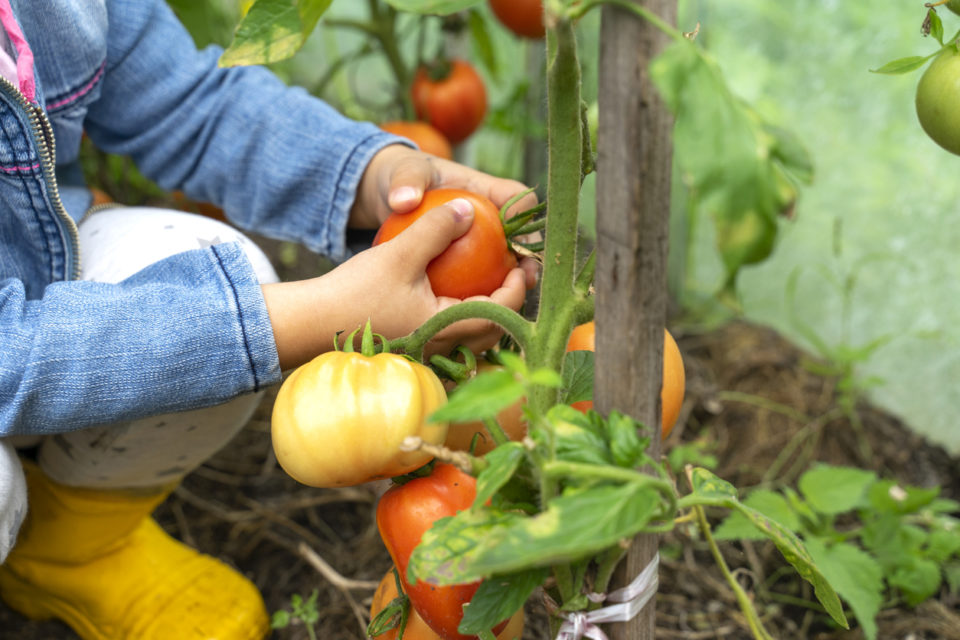 As spring begins to be in full swing and the weather is getting warmer, you may have that slight urge to start a vegetable garden. Maybe you’re looking for a new hobby, wanting to grow fresh produce for your family, have the urge to start cooking with fresher ingredients, or maybe you just would rather go to your back yard for produce rather than running to the grocery store. Either way, there is a way for anyone to start gardening. It doesn’t take a magical “green thumb” or years of gardening experience to have a successful vegetable garden. There are just a few steps at the beginning that will set you up for success. The rest is smooth sailing!
As spring begins to be in full swing and the weather is getting warmer, you may have that slight urge to start a vegetable garden. Maybe you’re looking for a new hobby, wanting to grow fresh produce for your family, have the urge to start cooking with fresher ingredients, or maybe you just would rather go to your back yard for produce rather than running to the grocery store. Either way, there is a way for anyone to start gardening. It doesn’t take a magical “green thumb” or years of gardening experience to have a successful vegetable garden. There are just a few steps at the beginning that will set you up for success. The rest is smooth sailing!
Start Small
If you are a true beginner, the smaller space you have, the better! It is better to be proud of and feel accomplished by what you produce in a small garden rather than be disappointed in what you produce in a larger garden. Gardens take quite a bit of commitment. Therefore, beginner gardeners should start with a small space that will make it easier to tend to and manage. Doing this will ultimately produce great results and delicious fruits and vegetables.
Grow your Favorite Foods
If you are wondering what to plant and where to start, think about some of your favorite fruits and vegetables. If you can’t think of any off the top of your head, think of your favorite dishes to cook and ask yourself what fruits and vegetables are included in that dish. Once you decide, you’ll want to pay close attention to the seed packet or label. Each vegetable comes with certain characteristics that make it unique.
Choosing a Spot for your Garden
We already mentioned that smaller is better. But what about location? There are two major factors you need to consider when starting a garden. You’ll want a location that gets a lot of sunlight. Sunlight is a must for plants to grow, as we know. Without the sun your plants will not be able to start the process of photosynthesis, ultimately pausing their growth. Plants need about 6-8 hours of direct sunlight a day. Next, think about convenient water access. The closer you can get your garden to a water source the better. During the first few weeks of the seeds being in the ground, you will need to manually water the plants to help them produce strong roots and stems.
You might also like: Experience First Class Comfort In The Wagoneer
The Richer the Soil the Better
To get the most out of your garden, ensure that you are using rich, healthy soil for your plants. Using the incorrect soil can stunt the growth of your plants. Rich soil is easy to dig and drains water very well. When picking up or touching soil, ask yourself these few questions. Is there too much sand? How powdery is the soil? Does it feel sticky when it gets wet? Does it contain any clay? If you answered yes to any of these questions, the diagnosis of your soil is not rich enough.
Disclaimer: The stock image is being used for illustrative purposes only, and it is not a direct representation of the business, recipe, or activity listed. Any person depicted in the stock image is a model.
